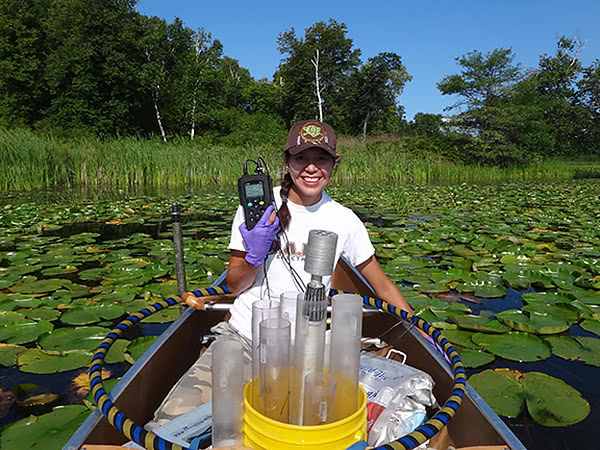
Full Text:
By studying wild rice in lakes and streams, a team of researchers led by the University of Minnesota has discovered that sulfate in waterways is converted into toxic levels of sulfide and increases other harmful elements. This includes methylmercury, the only form of mercury that contaminates fish.
Sulfate is a compound that is released into fresh water from mining, sewage, fertilizers, fossil fuel combustion and other human activity, as well as from natural geological sources in some parts of the state. Wild rice is culturally important to multiple groups in Minnesota, especially Native Americans. Wild rice also provides habitat and food for waterfowl and other wildlife. Research in the 1940s and 1950s found that wild rice grew best in low-sulfate Minnesota lakes, but no one knew why. The correlation was a puzzle, since sulfate isn't very toxic to plants or animals.Image credit: University of Minnesota/LacCore